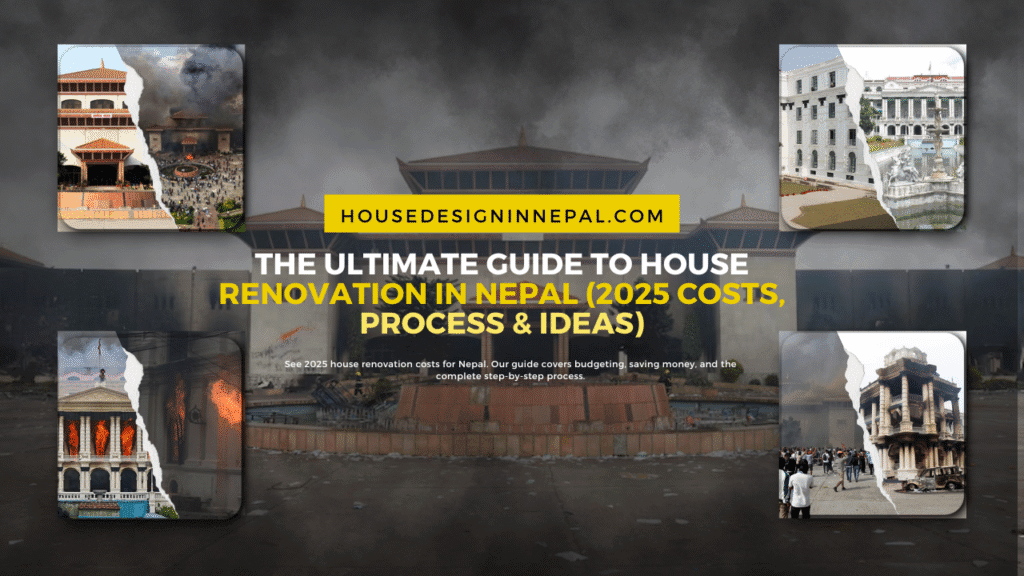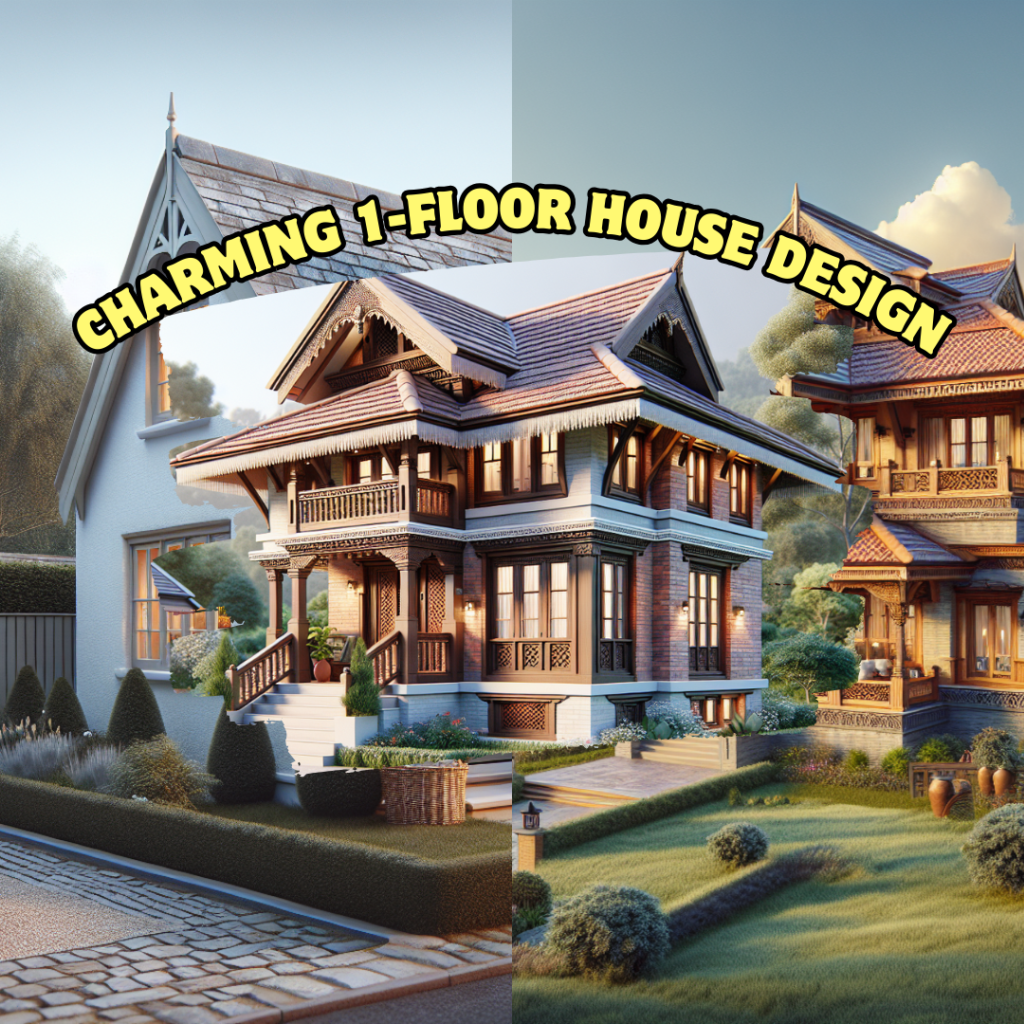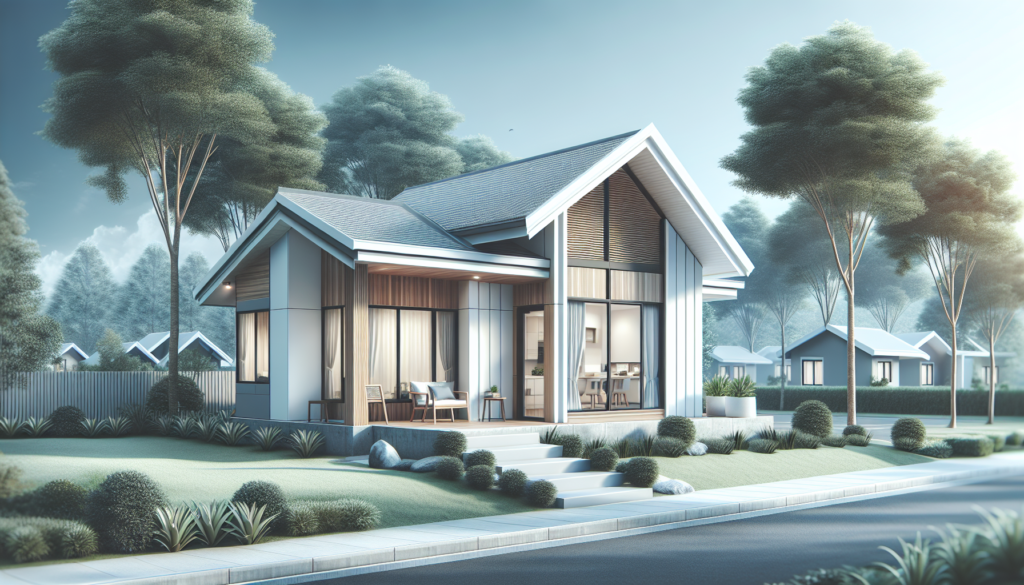In the heart of many Nepali cities and villages, there are homes that tell stories—ancestral houses in Kathmandu’s old alleys where laughter once echoed, sturdy family homes in Pokhara with timeless views of the Annapurnas. These structures hold generations of memories, but as families evolve, lifestyles modernize, and needs change, the spaces we inhabit must adapt. The thought of a house renovation, however, can feel like standing at the foot of a mountain: exhilarating but incredibly overwhelming. Where do you even begin? How much will it really cost? And who can you trust to bring your vision to life without the process spiraling into a stressful, budget-draining ordeal?
Many homeowners find themselves paralyzed by these questions, dreaming of a change but fearing the complexity. The process can seem like a maze of contractors, fluctuating material prices, municipal permits, and endless decisions. But it doesn’t have to be. This guide is designed to be your comprehensive map, demystifying the entire process of renovating your house in Nepal. We’ll provide a clear, step-by-step roadmap, from the crucial first moments of planning and budgeting to the final, beautiful finishing touches that make a house renovation a home.
In simple terms, the house renovation meaning is about thoughtfully transforming your existing space to better suit your current needs, enhancing its financial value, its functionality, and your overall quality of life. A successful renovation respects the soul of the home while preparing it for the future. Proper planning starts with the right resources, and a great place to begin is by exploring our suite of free online construction tools to get a feel for the scope of your project.
Step 1: Planning Your Dream Renovation (The Blueprint for Success)
A successful renovation is 90% planning and 10% execution. Investing time and thought at this foundational stage is the single most effective way to save yourself time, money, and countless headaches down the road. This is where your project is won or lost.

Defining Your “Why”: Scope and Renovation Goals
Before you even think about picking out paint colors, you need to deeply understand your “why.” What is the core motivation driving this renovation? A clear goal will become your North Star, guiding every decision. Common renovation drivers in Nepal include:
- Accommodating a Growing or Changing Family: Making space for a new baby, creating a separate living unit for aging parents, or adapting as children grow and need their own space.
- Modernizing for a New Lifestyle: Creating a dedicated home office, an open-plan kitchen for entertaining, or a peaceful terrace garden for relaxation.
- Improving Energy Efficiency and Comfort: Installing better insulation, modern windows, or solar panels to combat rising energy costs and improve year-round comfort.
- Essential Structural Repairs and Restoration: Addressing urgent issues like a leaking roof, earthquake-related cracks, dampness, or termite damage. This is often the starting point for a larger renovation.
- Enhancing an Exterior House Renovation: Boosting curb appeal and protecting the home with new paint, modern siding, a new roof, or professional landscaping.
- Preparing for Resale or Rental: Strategically updating kitchens, bathrooms, and flooring to maximize the property’s market value.
Actionable Tip: Grab a notebook and create two columns: “Must-Haves” and “Nice-to-Haves.” Be honest and specific. A “must-have” might be “fix the leaking bathroom,” while a “nice-to-have” could be “install a jacuzzi tub.” This simple exercise is invaluable for prioritizing during the budgeting phase.
Creating a Realistic Budget: How to Renovate a House on a Budget in Nepal
Your budget is the engine of your renovation project; without it, you’re not going anywhere. In Nepal, costs can vary dramatically based on your location (Kathmandu vs. a rural area), the quality of materials you choose, and the cost of labor. For 2025, a broad estimate for a mid-range renovation is NPR 2,000 to NPR 3,500 per square foot. However, a high-end luxury renovation with imported materials can easily exceed this.
Detailed Cost Breakdown (Estimated Percentages of Total Budget):
- Labor: 20-30%
- Kitchen: 10-15%
- Bathrooms: 5-10%
- Flooring: 5-10%
- Painting & Finishes: 5-8%
- Electrical & Plumbing: 10-15%
- Windows & Doors: 5-10%
- Structural Work & Demolition: 5-15%
- Permits, Fees & Design: 5-10%
Hidden Costs to Watch For: The biggest budget-killers are the ones you don’t see coming. Always have a contingency fund of at least 15-20% set aside for surprises like:
- Discovering structural damage or termite infestation after opening up a wall.
- Needing to completely re-wire or re-plumb the house renovation to meet modern safety standards.
- Costs for temporary accommodation if the renovation makes the home unlivable.
- Waste disposal fees.
For renovating a house on a budget, focus your spending on high-impact areas like the kitchen and bathrooms. You can save money by doing some of the non-specialized work yourself (like painting) and by choosing high-quality local materials over expensive imports. To get a more precise financial picture for your specific project, start with a professional construction cost estimation tool.
Finding and Vetting the Right Renovation Team in Nepal
Your contractor and designer are your most important partners. A good team will bring your vision to life, while a bad one can turn it into a nightmare.
Key Professionals You Might Need:
- Architect: Essential for projects involving structural changes, additions, or significant layout alterations. They create the master plans.
- Interior Designer: Focuses on the aesthetic and functional aspects of the interior space, including lighting, color palettes, furniture, and finishes.
- Structural Engineer: Crucial if you are removing load-bearing walls or making any changes that could affect the building’s integrity.
- Contractor (Thekedar): Manages the day-to-day construction, hires subcontractors (plumbers, electricians), and ensures the project is built according to the plans.
Questions to Ask a Potential Contractor:
- Are you a registered business in Nepal? Can you provide your registration documents?
- Can I see a portfolio of your recently completed renovation projects?
- Can I speak with 2-3 of your previous clients?
- Who will be the on-site supervisor and my main point of contact?
- How do you handle changes to the plan (change orders)? What is your process?
- What is the estimated timeline, and how do you handle potential delays?
Trust your instincts. Choose a team that communicates clearly, understands your vision, and is transparent about costs and processes.
The Renovation Process: A Step-by-Step Walkthrough

Once the planning is locked in, the physical transformation begins. Here’s a breakdown of the typical phases.
Phase 1: Design and Approvals
This is where your ideas are translated into technical drawings. These plans are the language your construction team will speak. For most significant renovations in Nepal, you will need to get your plans approved by the local municipality, a process often called naksha pass. This involves submitting architectural and structural drawings and other documents to ensure your project complies with local building codes. This process can take several weeks or even months, so factor this into your timeline.
Phase 2: Demolition and Structural Work
This is the “get your hands dirty” stage. It can be loud, dusty, and chaotic, but it’s also when you first start to see the potential of your new space. This phase includes tearing down old walls, removing old flooring and fixtures, and making any structural modifications. Safety is paramount here. Ensure your team uses proper supports when removing load-bearing walls and that a structural engineer has signed off on the plans. Responsible waste management is also key; discuss with your contractor how debris will be disposed of.
Phase 3: Systems and “Rough-In” (Electrical, Plumbing & HVAC)
Before the new walls are closed up with plaster, all the essential veins of the house renovation are put in place. This is the “rough-in” stage for:
- Plumbing: Laying new pipes for kitchens, bathrooms, and laundry areas. This is the best time to install water-efficient fixtures.
- Electrical: Running new wiring for outlets, switches, and lighting. It’s a critical time to upgrade to modern safety standards with MCB distribution boards and proper earthing.
- HVAC: Installing ductwork for heating, ventilation, or air conditioning systems.
Mistakes made at this stage are extremely costly to fix later, so ensure this work is done by licensed and experienced professionals.
Phase 4: The Finishing Touches
This is the most rewarding phase, where the personality of your home emerges. It includes:
- Plastering and Wall Finishes: Creating smooth surfaces for painting.
- Painting: Applying primer and the final coats of your chosen colors.
- Flooring Installation: Laying down tiles, hardwood, laminate, or carpet.
- Cabinetry and Countertops: Installing kitchen and bathroom units.
- Fixtures and Fittings: Installing sinks, faucets, light fixtures, and electrical outlets.
- Doors and Windows: Hanging interior doors and finishing window trim.
The selection of materials here defines the final aesthetic. For amazing visual concepts and a modern Nepali touch, you can find inspiration from local experts like Interior Designer NP.
Blending Tradition with Modernity: The Nepali Renovation Aesthetic
One of the most beautiful opportunities in a Nepali renovation is the chance to blend the country’s rich architectural heritage with modern comforts and design principles.


Honoring the Past: Preserving Architectural Heritage
If you are renovating an older home, look for traditional elements worth preserving. Restoring original carved wooden windows (ankhi jhyal), exposing traditional brickwork (dachi appa), or refinishing old wooden beams can add immense character and a sense of history to your home. This approach respects the craftsmanship of the past while giving it new life.
Introducing Modern Comforts Seamlessly
Blending old and new doesn’t mean living in a museum. The goal is a harmonious balance. Imagine an open-plan living area that flows into a modern kitchen, but the space is framed by a beautifully restored traditional window. Or consider a minimalist, modern bathroom that uses local slate on the floor, connecting it to the surrounding landscape. Large glass windows can be used to capture stunning mountain or city views, creating a dialogue between the interior and the exterior.
Inspiring Transformations: House Renovation Before and After
Nothing tells the story of a renovation better than seeing the incredible results. A thoughtful project can completely reinvent a space, turning it from dated, dark, and cramped to modern, bright, and functional.
Consider the Sharma family’s ancestral home in Patan. The ground-floor kitchen was a relic from another era—dark, disconnected from the rest of the house, with insufficient storage. For their house renovation before and after project, we removed a non-structural wall separating the kitchen from the dining area. We installed large glass doors leading to the central courtyard, flooding the new, open-plan space with natural light. With sleek, modern cabinets, a functional island, and warm lighting, the kitchen was transformed from a forgotten room into the vibrant heart of their home.
These are the kinds of transformations that not only add significant financial value to your property but, more importantly, enhance your daily life. To see more real-world examples of our completed projects, follow us on our Instagram page for daily inspiration.
Common Renovation Mistakes in Nepal (And How to Avoid Them)
Drawing on years of experience, we’ve seen a few common pitfalls that can derail a project. By being aware of them, you can ensure your renovation runs smoothly.
- Underestimating the Timeline: Delays are a part of any construction project, due to weather, supply chain issues, or unforeseen problems. Build a buffer into your timeline and be mentally prepared for it.
- Poor Communication with the Contractor: Establish a regular meeting schedule (e.g., weekly) to discuss progress and address issues. A lack of clear communication is the root cause of most disputes.
- Ignoring the Importance of Lighting: A great lighting plan can make a good renovation look spectacular. Consider a mix of ambient (general), task (focused), and accent lighting.
- “Scope Creep”: Continuously adding new ideas mid-project will destroy your budget and timeline. Stick to your original plan as much as possible.
- Miscalculating Materials: Ordering the wrong amount of tiles or paint can cause frustrating delays. Using precise tools like a unit conversion calculator for materials helps avoid these common ordering errors.
Ready to Start Your Renovation Journey?
A house renovation is more than just a construction project; it’s an investment in your home, your family’s comfort, and your happiness. While the process is undoubtedly complex, having the right professional partner by your side makes all the difference, turning a stressful undertaking into an exciting and rewarding journey.
Primary CTA: Feeling inspired to transform your home? Our team specializes in thoughtful design and quality craftsmanship for renovations across Nepal. Let’s discuss your project today!
Explore our renovation services here
Connect with us on Facebook to see our latest work and client testimonials. For video tours of our projects, check out our YouTube channel.
Frequently Asked Questions (FAQ) about House Renovation
How much does a full house renovation cost in Nepal?
Costs vary greatly depending on the project’s scope, materials used, and location. For 2025, a mid-range renovation can range from approximately NPR 2,000 to NPR 3,500 per square foot. For an accurate quote, it’s essential to consult with a professional who can assess your specific needs.
What is the first thing to do when renovating a house?
The absolute first step is planning. Define your goals (“the why”) and establish a realistic budget before you do anything else. This foundational plan will guide every subsequent decision, from the design phase to hiring the right contractor.
How long does it take to renovate a house in Nepal?
The timeline depends on the scale of the work. A simple cosmetic update of a few rooms might take 2-4 weeks. A major gut renovation involving structural changes could take anywhere from 4 to 8 months, factoring in design, permits, and construction.
Can you live in your during house renovation?
It depends. For a single-room renovation like a kitchen or bathroom, it’s often possible to live in the home by sealing off the work area. However, for a full-house renovation, it is highly disruptive and generally not recommended due to dust, noise, safety hazards, and lack of access to essential utilities.
What are the most value-adding renovations in Nepal?
Universally, the renovations that provide the best return on investment are modernizing the kitchen and bathrooms. In Nepal, creating functional outdoor living spaces like terraces or rooftop gardens also adds significant value and appeal.
Do I need an interior designer for a small renovation?
While not strictly necessary for a very small project (like repainting a room), an interior designer can be invaluable even for single-room renovations. They can help you avoid costly design mistakes, improve the layout for better functionality, and provide access to trade discounts on materials, often saving you money in the long run.



